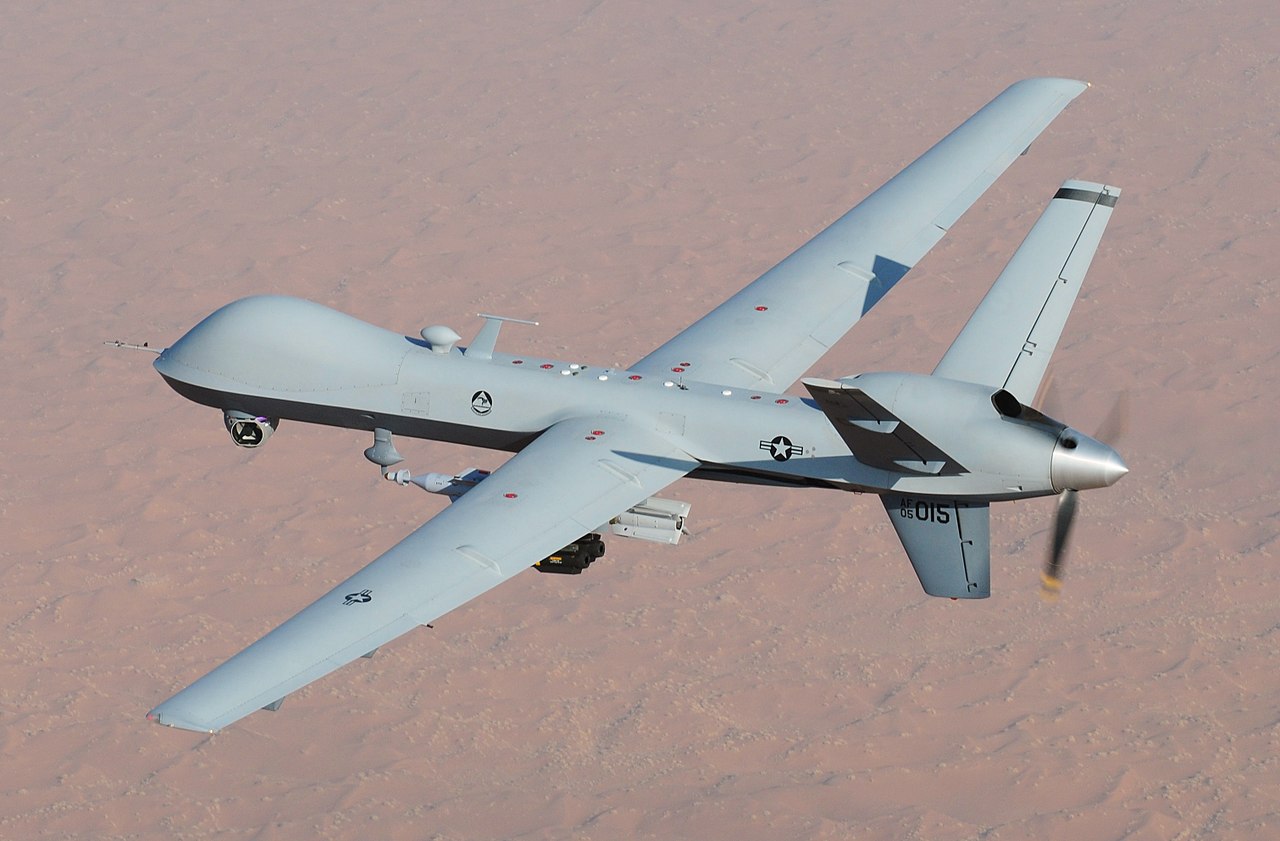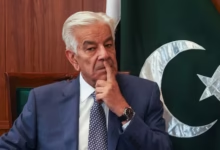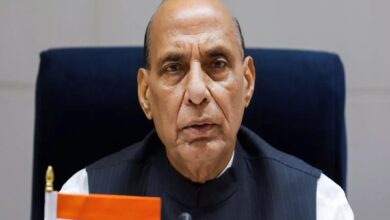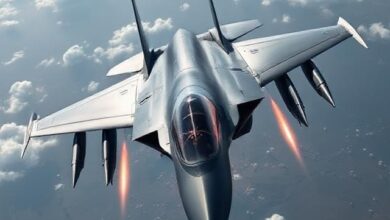US State Dept Approves Sale Of 31 MQ-9B Drones To India

- The Indian Army and Air Force will each get eight high altitude long endurance drones from the US. The Indian Navy will get 15 of the 31 drones.
- The CEO of the company told the top leaders of the Modi government about the progress and reaffirmed GE's pledge.
The US State Department officially told Congress on Thursday that it might sell 31 MQ-9B remotely piloted aircraft, also known as drones, to the government of India. This came after getting the first level of approval from the right people in the US Congress.
On Thursday morning, HT was the first to report that the deal had been approved at the first level. They also said that the State Department and General Atomics (GA), the company that makes the drones, had told the Indian government, including its top national security leaders, about the sale’s progress.
Today, later Thursday, the Defense Security Cooperation Agency said in a statement, “The State Department has decided that it is okay for the Government of India to buy MQ-9B remotely piloted aircraft and related equipment from another country for an estimated $3.99 billion.” Today, the Defense Security Cooperation Agency sent Congress the necessary notice about this possible sale. The Indian government has given the go-ahead to buy the drones for $3 billion, but the statement admits that the deal’s real value will be less than that because of final needs.
The deal was approved by the heads of both the Senate Foreign Relations Committee and the House Foreign Affairs Committee, which is when the State Department told Congress about it. Because committee heads from both parties have a lot of power, this is the first and most important step in the process of getting laws passed.
The Senate committee is led by Democrat Ben Cardin and has a Republican ranking member named James Risch. In the House, the committee is led by Republican Michael McCaul and has a Democrat ranking member named Gregory Meeks. It was the Joe Biden administration’s job to talk to all four leaders and their teams, answer their questions, and get them on board. There was now a way for the State Department to publicly tell Congress. If members of Congress don’t say anything against the deal within 30 days, it will be assumed that the lawmakers agree with it.
The US government said in a statement that the sale would “support the foreign policy and national security objectives of the United States by helping to strengthen the US-Indian strategic relationship and to improve the security of a major defense partner that continues to be an important force for political stability, peace, and economic progress in the Indo-Pacific and South Asia region.” It also said that the sale would “improve India’s ability to meet current and future threats by allowing unmanned surveillance and reconnaissance patrols in operational sea lanes.”
It said that India had “demonstrated a commitment to modernizing its military” and that it will have no trouble “absorbing these articles and services into its armed forces.” It also said that the deal would not change the military balance in the region, which was a sign of comfort to the Congress. “General Atomics Aeronautical Systems, Poway, CA, will be the main contractor.” Usually, the buyer asks for offsets. “Any agreement to offset will be spelled out in talks between the buyer and the contractor,” the statement said.
In the statement, India also said that it wanted the drones and all the equipment that goes with them.
A news story said that the US Congress had stopped the sale of the deal because they were worried about claims that an Indian official was involved in a plot to kill someone in the US. The US administration then fully backed what is seen as a major step forward in the relationship between the two countries’ defense forces, while the Indian government said that they needed to respect US internal procedures.
When asked about the report on Wednesday in Washington, DC, US State Department spokesman Mathew Miller said, “In general, the US-India Defense Partnership has seen significant growth over the past ten years.” The planned sale of drones was made public during Prime Minister Modi’s visit last year. We think it has a lot of promise to make strategic technology cooperation with India and military cooperation in the region even better. Congress is a big part of how the US sends arms to other countries. Before we officially notify them, we always talk to the members of Congress on the Foreign Affairs Committees to answer any questions they may have.
A second person who knows what’s going on in Washington, DC, said that senior members of the government from both the National Security Council and the State Department had told the leaders of Congress how important the military sale was.
In Delhi, Randhir Jaiswal, a spokesman for the ministry of foreign affairs, said, “This is an issue between the US and India.” The way they do things internally is their own business, and we appreciate that. “That’s where I’d like to leave my comment,” Jaiswal said. “We have to respect the US process, and we do,” he said.
The Indian Army and Air Force will each get eight high altitude long endurance drones from the US. The Indian Navy will get 15 of the 31 drones.
The GE-414 engine deal with the US is thought to be moving along smoothly. The CEO of the company told the top leaders of the Modi government about the progress and reaffirmed GE’s pledge. For both the drone deal and the plane engine deal, Ajit Doval and Jake Sullivan are in charge of national security for both India and the US.
Two silent Predator drones that the Indian Navy rents from the US are already being used from Rajali air base in Tamil Nadu. The two drones have improved India’s knowledge of the seas. This is very helpful as the Indian Navy fights Houthi rockets and Somali pirates in the Red Sea.







Facebook Comments